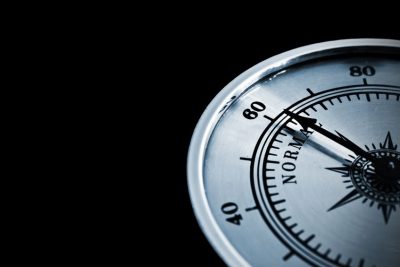
A hygrometer measures relative humidity.
The proofer is a key and vital step in loaf formation and properly baked bread. It’s also a step where a lot of things can go wrong. The key is understanding how and why it works. The key to this is knowing psychrometry.
What is psychrometry?
It is the science of measuring the air-water vapor mixture in the environment. Knowledge of the properties of the air-water vapor mixture is imperative for the design of systems such as proofing equipment and air conditioning systems in the bakery. This assists in regulating relative humidity.
What is relative humidity (RH)?
If you’ve ever stepped into a proofer, and have your glasses all fogged up, that is the effect of high relative humidity. Relative humidity (RH) is the ratio of the partial pressure of the water vapor in a mixture to the saturation pressure at the same temperature. The higher the RH%, the more moisture is available in the surrounding air. Read more about its calculation here.
What is the best RH for the proofer?
It shouldn’t be ‘raining’ in the proofer and the floors shouldn’t be wet. Usually the proofer shouldn’t go above 98% RH. However, if you’re experiencing a skin formation on the loaves inside, then the RH should be adjusted above 85%. Most bakeries target a 90% RH with proofing temperatures around 90 degrees F. If you’re still having problems in these conditions, diagnostic RH tests on the proofer should be performed.

